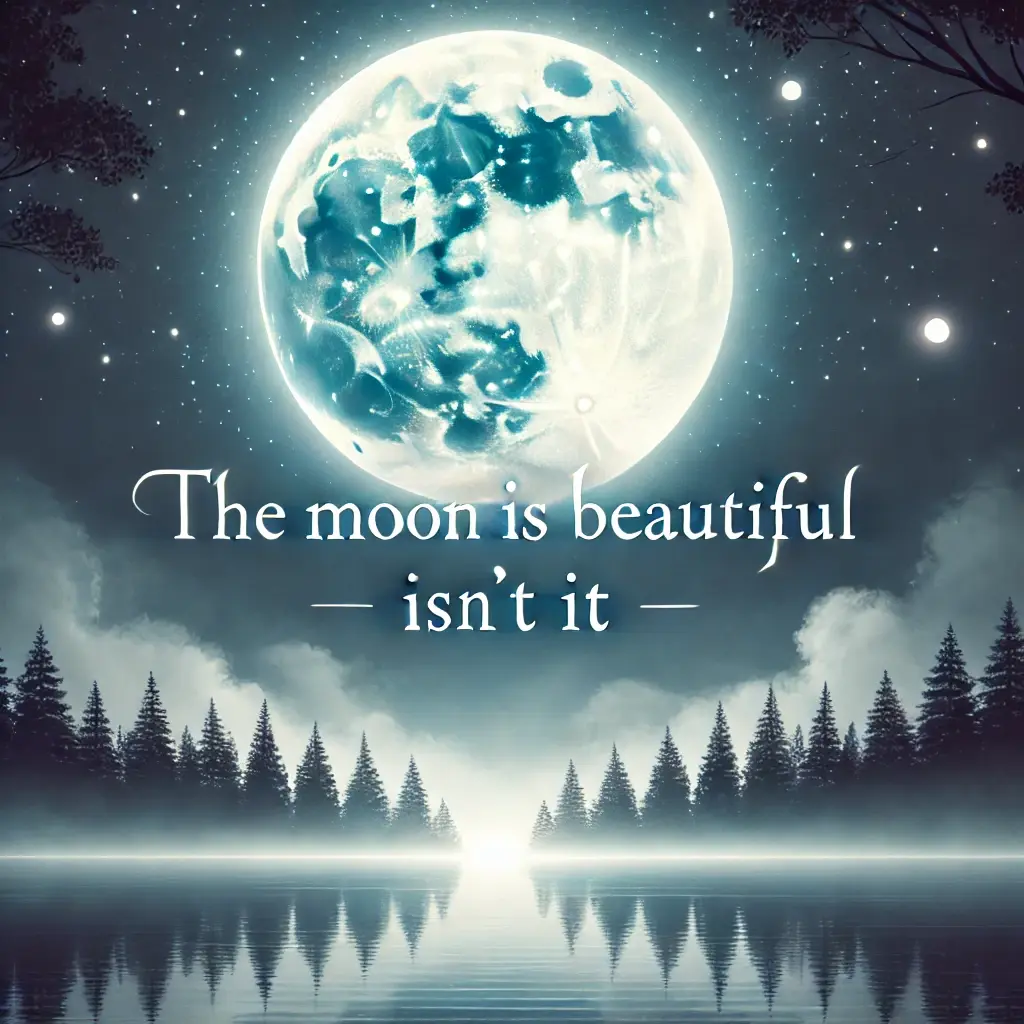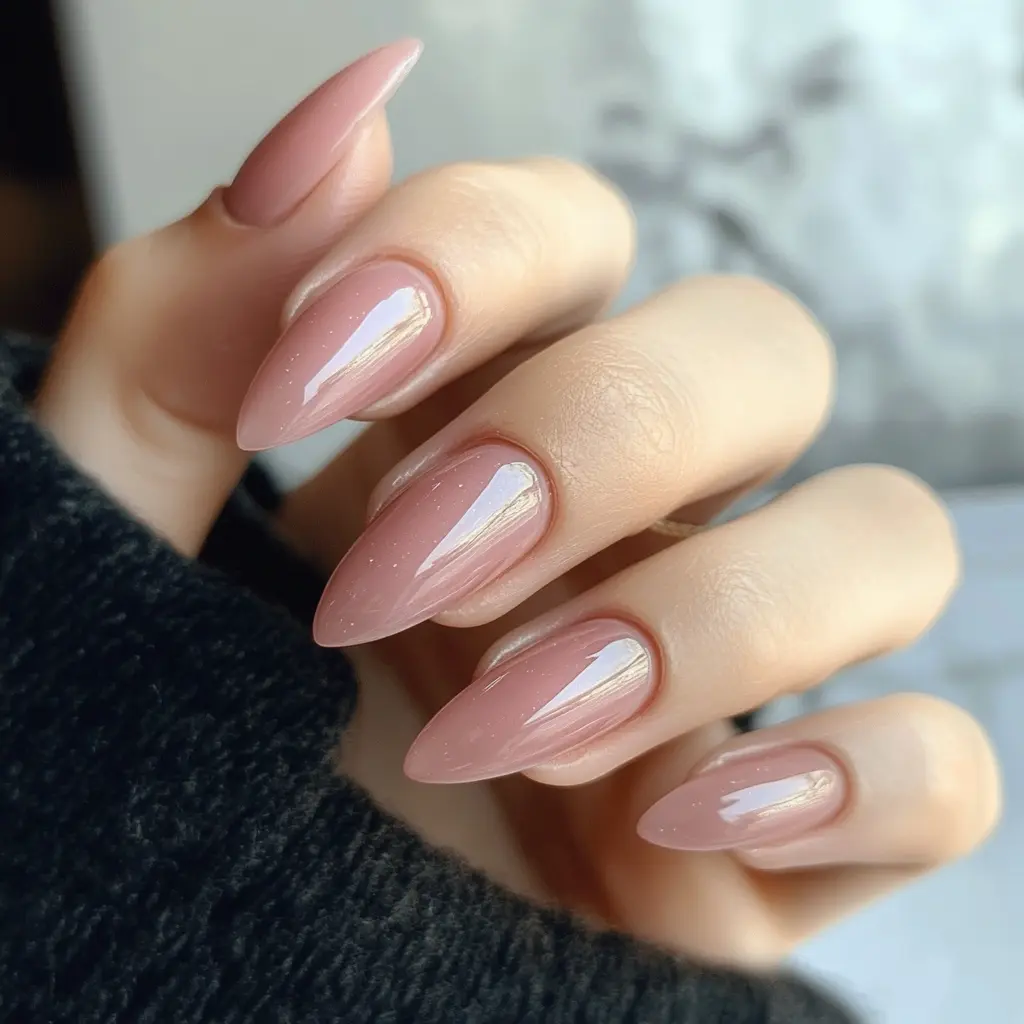
The phrase “The moon is beautiful, isn’t it?” may seem like a simple comment about the night sky, but in Japanese culture, it carries a much deeper meaning. This poetic phrase, attributed to a well-known Japanese novelist, captures the subtle beauty of expressing emotions indirectly, and it has gained international recognition, resonating with people globally, including here in Australia. Let’s explore its origins, its cultural significance, and how this beautiful saying has become a meaningful way to convey emotions without saying too much.
Origin of the phrase, “The moon is beautiful, isn’t it?”
In Japanese tradition, the expression “The moon is beautiful, isn’t it?” (月が綺麗ですね, Tsuki ga kirei desu ne) is a poetic way to express love. This indirect expression is attributed to the novelist Natsume Sōseki, who suggested it as a more culturally appropriate way to convey affection, reflecting the Japanese preference for subtlety in emotional expression.
In response to this phrase, one might say “死んでもいいわ” (Shin demo ii wa), meaning “I can die happy,” which conveys mutual affection. Alternatively, “そうですね” (Sō desu ne), translating to “It is, isn’t it?” acknowledges the emotion with a delicate and understated approach.
This expression highlights the cultural nuances in communication, where indirectness and poetic language are often preferred over direct statements.
Cultural significance and meaning
In Japan, the phrase “The moon is beautiful, isn’t it?” embodies the unspoken beauty of feelings left unsaid. This is a very poetry-like communication style that enables people to express tenderness and attachment to the beauty of nature in a different port. It brings to the fore, the notion that there are occasions when speaking does not suffice to effectively communicate what is felt deeply; the moon for instance can achieve such an example in drawing people close to each other without the use of words.
The moon serves as a perfect metaphor for such unspoken emotions. The moon, nomadic and simple, glows and holds focus and guides through peace with no demand or declaration. This is what makes it an appropriate metaphor for feelings that do not necessitate the use of specific words for effective communication.
How the phrase resonates with Australians
The phrase may have originated in Japan but it has international appeal including Australia and this is so for a number of reasons. With the Australian culture in which the love is often shown in a more subtle manner than is English, the expression “The moon is beautiful, isn’t it?” becomes a subtle and courteous way to express love or admiration. This is of poetic appreciation to in some Australians who regard this as an improvement over standard verbal proclamations which are more straightforward.
Additionally, the moon itself is an elegant and integrating factor that Australians have under broad clear skies. Indeed, the wide scenes and rural settlement light pollution of Australia make it one of the ideal places in the universe to enjoy the night sky. From the coastline’s end to the outback Australian can never lack moons light which from the image adds more to the language interpretation of the phrase.
Indigenous Australian perspectives on the moon
As is in many communities, the moon is of huge significance to Indigenous communities in Australia especially on a spiritual level. Weaving through community narratives and creation stories, Aboriginal Australians have a variety of beliefs relating to the moon and creation for its life, cycle, and the world. For the Yolngu people, the phases of the moon are seen as a phenomenal cycle of life where there is birth, aging and death which are all parts of life.
These perspectives complicate the interpretation of the poet’s words “The moon is beautiful, isn’t it” for many of the Australians. The Aboriginal inhabitants of Australia view the moon as something greater than an aesthetic object; they understand it as a representation of unity and the heartbeat of the universe, this is often a shared practice, even among indigenous communities.
Modern relevance and popularity of the phrase
‘The moon is beautiful, isn’t it?’ is a phrase that seems to elicit the same kind of feeling nostalgia, romance or a sense of yearning in people and as such is regularly shared on social networks. It is cited in books, and anime, and films, making it popular among the younger people who find it interesting because of its hidden and imaginative symbolism. The phrase has a way of embodying emotion that transc time and appeals to people who prefer to say things without having to explicitly say them in a society where feelings are overly expressed.
Aussies have an interesting way of this poem when talking with someone during the first meeting, describing feelings without a need to say a common word ‘love’ – they describe beauty itself. Many Australians say something gentle and sentimental even though they don’t mean to say as it directly sounds.
Using “The moon is beautiful, isn’t it?” in daily life
If you’d like to incorporate this poetic phrase into your interactions, here are a few contexts where it can feel natural and meaningful:
- During a peaceful, shared moment: If you’re with someone special under the night sky, simply looking at the moon and saying, “The moon is beautiful, isn’t it?” can convey more than words could.
- To express subtle admiration: If you want to communicate affection indirectly, this phrase allows you to say something meaningful without being overly direct.
- In written messages: In a text, letter, or message, “The moon is beautiful, isn’t it?” can add a poetic flair, expressing emotions with a timeless and elegant grace.
Conclusion: Beauty in subtlety
The saying “The moon is beautiful, isn’t it?” feels at once mysterious and poetic. The mystery lies in the assumed meaning – why the moon is a central element in that specific expression in Japanese culture. In Australia for instance, where the sky is revered and where the combined perspective of the sky and nature is beautiful, that phrase fits because of the sadness that comes with looking at the moon.
Regardless of whether you are out camping admiring the stars and the moons glow bouncing off the ocean, or sitting back in your backyard soaking in the beauty, always remember that sometimes it’s the few words that say the most. The next time you’re with someone close and get the opportunity to say “the moon is beautiful, isn’t it?” take that chance because you will be struck by how easy it is to convey so many emotions sometimes.






